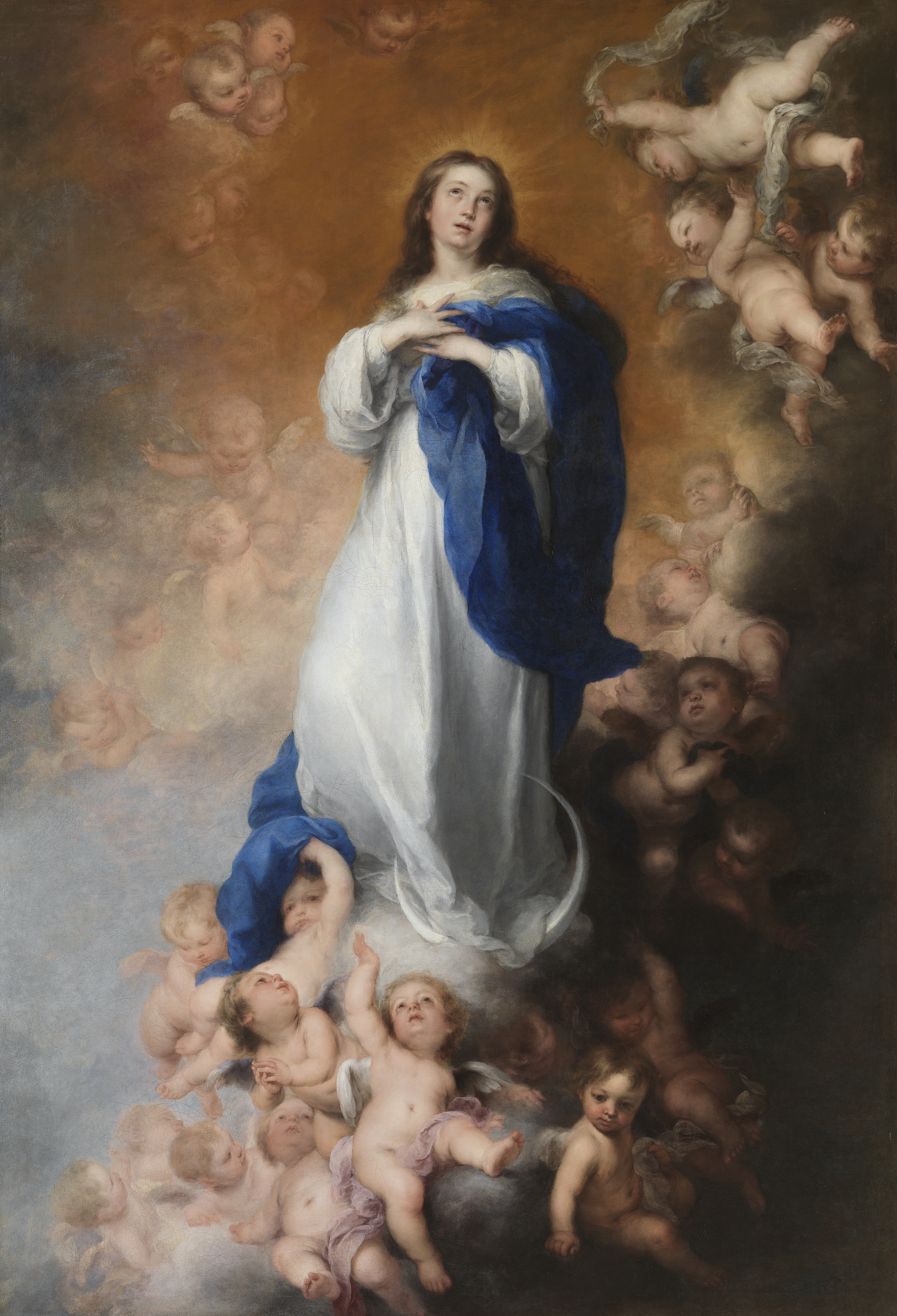Four basic truths that every Catholic should know about the Immaculate and Ever Virgin Mother of God assumes to the heavens
The dogmas about Mary (truths of faith declared by a Council or by a Pope and in which the Catholic faithful are obliged to believe and profess) were set forth at important moments in the history of the Church and touch sensitive points concerning the doctrine.
1. Divine Motherhood

Christ is a divine person and Mary is his mother. It was declared at the Council of Ephesus in 431. At that time the Church was experiencing a profound internal controversy caused by the Nestorians, a very popular trend among the Christian communities of the East. According to them, Jesus had two natures, one human and one divine, but little connected. Mary would be the mother of Christ alone. To combat this thought, the Church gave it the title of Theotokos, Greek expression meaning ‘Mother of God’.
2. Perpetual virginity

Mary was a virgin before, during, and after childbirth. It was declared at the Second Council of Constantinople in 553. Mary’s virginity is a traditional idea, dating back to the origins of Christianity, but it has generated much controversy throughout the history of the Church. It was questioned by the pagans, who did not understand how a virgin could give birth. Already the Gnostic tendencies within the Christianity considered that Jesus was son of Jose.
3. Immaculate Conception

Mary was sinless during her life. All the rest of humanity, from our first parents, was born with original sin, hence the necessity of Salvation. Proclaimed by Pope Pius IX in 1854, it had as background the struggle that at the time the Church was against rationalism. The current denied the possibility of supernatural forces acting in the world. This dogma rightly emphasizes God’s direct intervention in the world by preserving Mary from original sin.
4. Assumption

After her death, Mary ascended to heaven in body and soul. After Christ, he was the only creature that had this distinction. It was declared by Pius XII after the war in 1950. After the massive death of World War II, dogma speaks of the sanctity of life and dignity of human bodies, remembering that they are also destined for the Resurrection.
_____
From Senza Pagare
